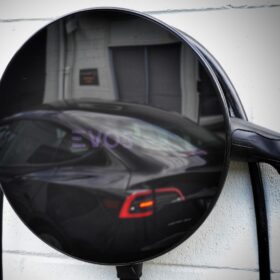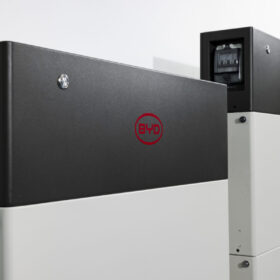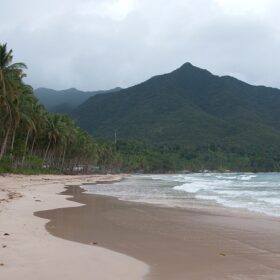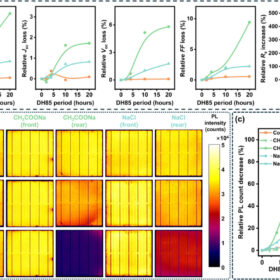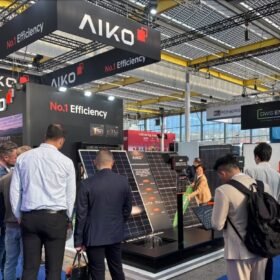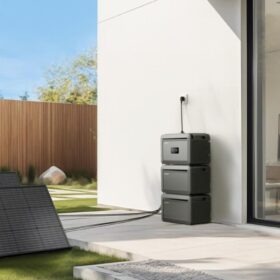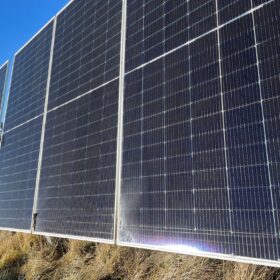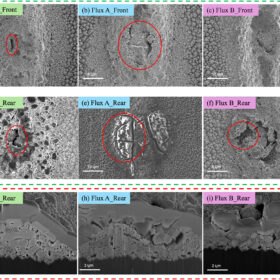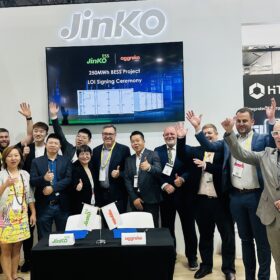NT solar centre data feeds ultra-short-term PV forecasting method
Scientists utilising data gathered at the Northern Territory’s Desert Knowledge Australia Solar Centre have created a novel probabilistic model for five-minutes ahead PV power forecasting. The method combines a convolutional neural network with bidirectional long short-term memory, attention mechanism, and natural gradient boosting.
Queensland EV charging start-up revs up expansion plans
Queensland-based electric vehicle charging infrastructure provider EVOS has stepped up expansion plans after reaching agreement with Japanese manufacturer FKK to produce its chargers for sale in Japan, Southeast Asia and other high-growth markets including India.
BYD launches its first integrated home storage system
The Chinese manufacturer said its Battery-Box HVE is now being sold with either a single-phase hybrid inverter or a three-phase device. The system is available in two versions with capacities of 4.29 kWh and 6.45 kWh.
Philippines issues terms for renewables auction with storage
Pairing solar plants with battery energy storage systems will be the main strategic focus for the Philippines’ upcoming renewable energy auction. Each project must have a minimum storage duration of four hours to ensure sufficient grid support and energy reliability.
Research shows degradation mechanisms in rear side of TOPCon solar cells
Researchers from UNSW and Longi have found that the silicon nitride layers used in TOPCon cell rear-side are particularly prone to chemical degradation from sodium contaminants. This can lead to significant open-circuit voltage losses and reduce cell efficiency.
Aiko launches 500 W C&I back-contact solar module with 25% efficiency
The Chinese manufacturer launched its new Infinite panel featuring its proprietary all-back contact cell technology. The module measures 1,762 mm x 1,134 mm x 30 mm and has a temperature coefficient of -0.26%/C.
Growatt releases all-in-one 8 kWh balcony storage system
The battery features four MPPTs and can take up to 2,600 W of PV input. It also has an AC nominal output power of 800 W.
Acen plans investment in 80 MW Malaysian solar package
Philippines-based energy company Acen Corporation is preparing to sign off on a $20 million investment in multiple solar PV projects with a combined capacity of about 80 MW in Malaysia as part of its joint venture with a unit of German solar developer ib vogt.
Sungrow unveils 5 kWh home battery system
Sungrow’s new residential battery energy storage system features a compact 182 mm design and is capable of handling a maximum charge/discharge current of 50 A.
UNSW study shows heterojunction solar cell sensitivity to soldering flux
University of New South Wales researchers are part of an international team that has assessed the impact of soldering flux on heterojunction solar cells and has found that the composition of this component is key to prevent major cracks and significant peeling.

